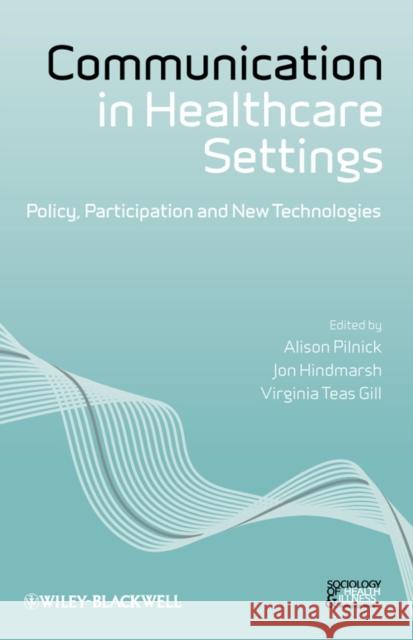Communication in Healthcare Se » książka
topmenu
Communication in Healthcare Se
ISBN-13: 9781405198271 / Angielski / Miękka / 2010 / 168 str.
This book presents an international snapshot of communication in healthcare settings and examines how policies, procedures and technological developments influence day to day practice.
- Brings together a series of papers describing features of healthcare interaction in settings in Australasia, the U.S.A, continental Europe and the UK
- Contains original research data from previously under-studied settings including professions allied to medicine, telephone-mediated interactions and secondary care
- Contributors draw on the established conversation analytic literature on healthcare interaction and broaden its scope by applying it to professionals other than doctors in primary care
- Examines how issues relating to policy, procedure or technology are negotiated and managed throughout daily healthcare practice











